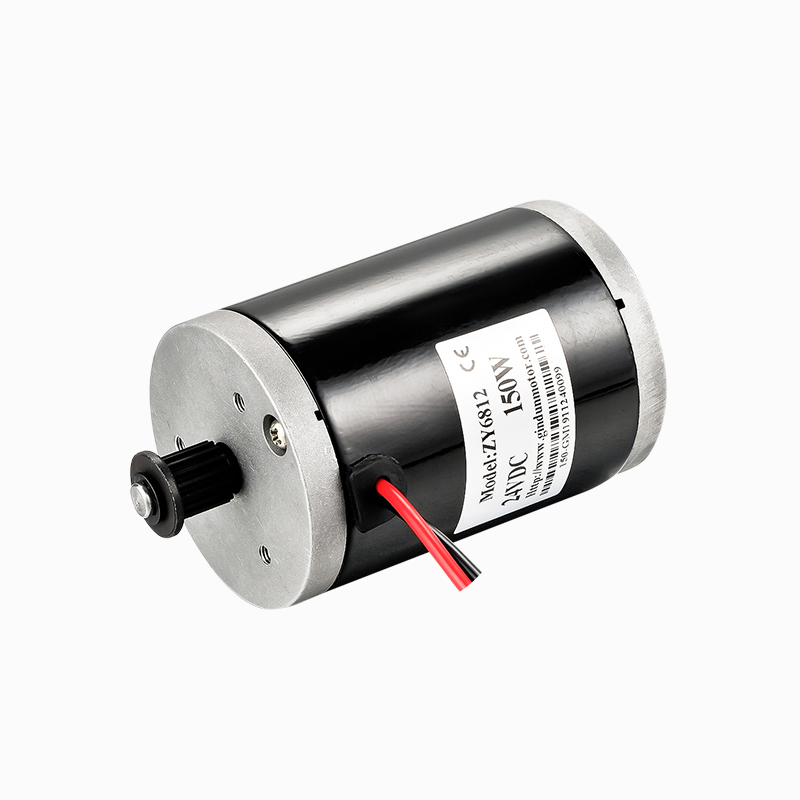Call us
+86-18023576732
+86-0579-89008006
Fax: +86-0579-82206899
Equipment often operates in environments subjected to significant vibration and mechanical shocks. These conditions can adversely affect the performance and lifespan of electromechanical components, including the Permanent Magnet DC Motor. Understanding how such motors respond to mechanical stress is critical for ensuring consistent operation, reducing downtime, and maintaining overall system reliability. Harsh conditions can cause misalignment, insulation damage, and premature wear of moving parts, all of which compromise motor functionality.

Structural Design and Shock Resistance
The design of a Permanent Magnet DC Motor plays a pivotal role in determining its resilience against vibrations and shocks. Robust rotor and stator assemblies, reinforced bearings, and securely mounted magnets help to maintain mechanical integrity under stress. Motors designed with high-quality materials and precision manufacturing tolerances are less susceptible to damage when subjected to dynamic loads. Additionally, the housing and mounting structures of the motor contribute significantly to mitigating the impact of vibrations, as a poorly supported motor can experience amplified mechanical stress.
Effects of Vibration on Electrical and Mechanical Components
Vibration can have both electrical and mechanical consequences for DC motors. Mechanically, prolonged exposure to oscillatory forces may loosen fasteners, deform shafts, or cause imbalance in the rotor. Electrically, repeated vibration can cause intermittent contact in brushes, increased wear, and eventual electrical failures. Understanding the resonant frequencies of the motor components is essential to avoid operating conditions that coincide with these frequencies, which could amplify the negative effects of vibration and reduce the motor’s operational lifespan.
Shock Impact and Short-Term Loads
Shock events, such as sudden impacts or drops, present additional challenges. A motor exposed to high-intensity shocks may experience immediate mechanical damage, including bent shafts, cracked magnets, or dislodged bearings. Protective design measures, such as shock-absorbing mounts or internal reinforcement of the motor assembly, can mitigate these effects. Testing under controlled shock conditions is commonly performed to evaluate the motor’s ability to withstand such short-term loads without catastrophic failure.
Maintenance Strategies for Reliability
Regular inspection and maintenance are vital to ensure the long-term reliability of Permanent Magnet DC Motors in harsh environments. Periodic checks of brush wear, bearing condition, and magnet alignment can prevent small issues from escalating into major failures. Lubrication schedules, vibration monitoring, and real-time condition tracking further enhance the ability to detect early signs of stress or damage. Implementing preventive maintenance strategies allows operators to extend the motor’s lifespan even in challenging operational conditions.
Overall, a well-designed Permanent Magnet DC Motor can maintain reliable performance in environments with significant vibration and shock, provided that appropriate engineering considerations are applied. Structural reinforcement, high-quality components, and preventive maintenance are key factors in achieving durability. Understanding the specific environmental stresses and implementing targeted design solutions allows these motors to meet the rigorous demands of industrial, automotive, and aerospace applications. Proper evaluation and testing under realistic conditions ensure that operational reliability is maintained, even when exposed to harsh mechanical forces.
Contact Us